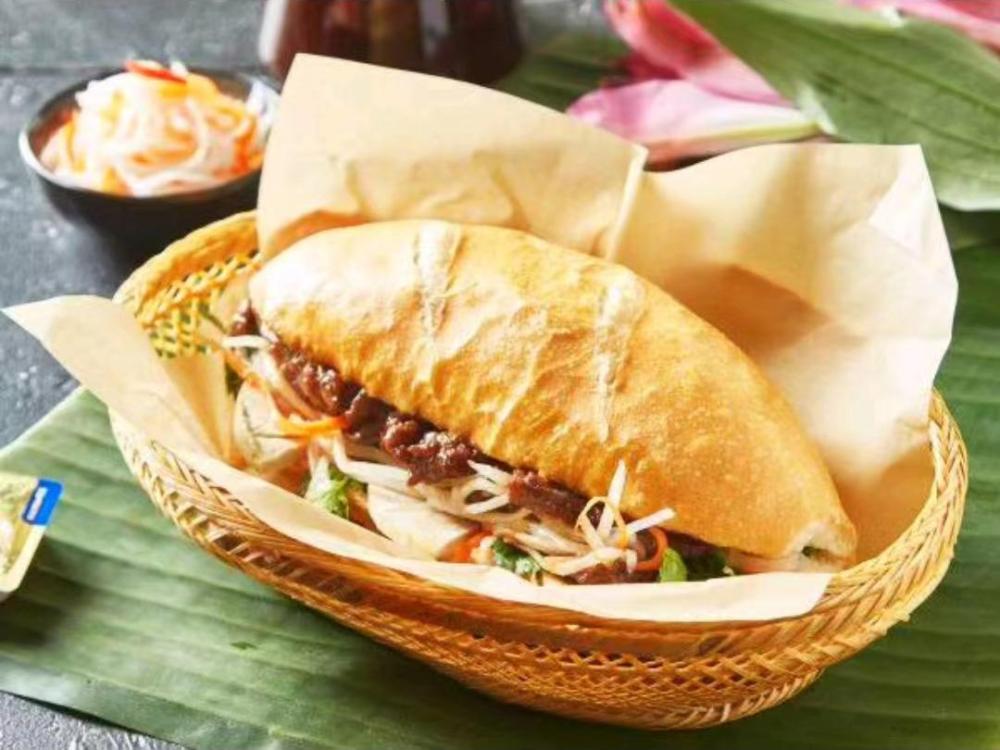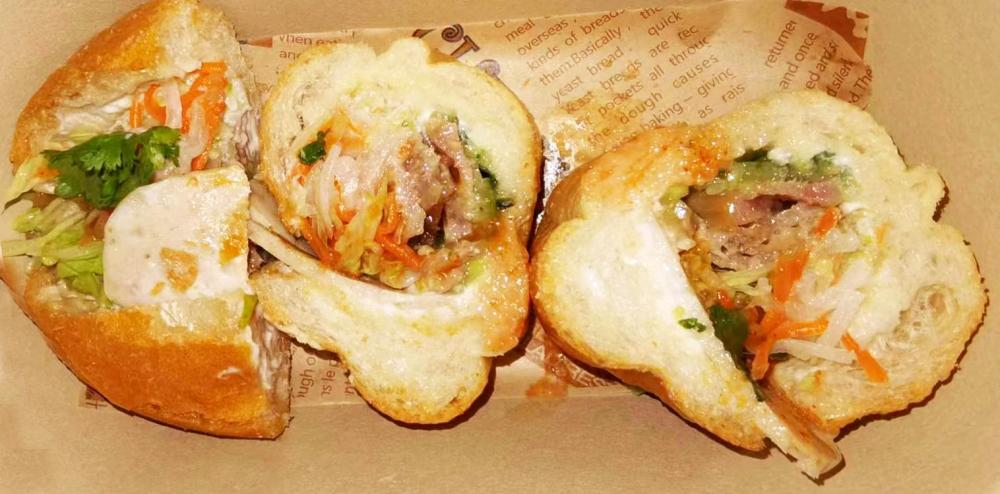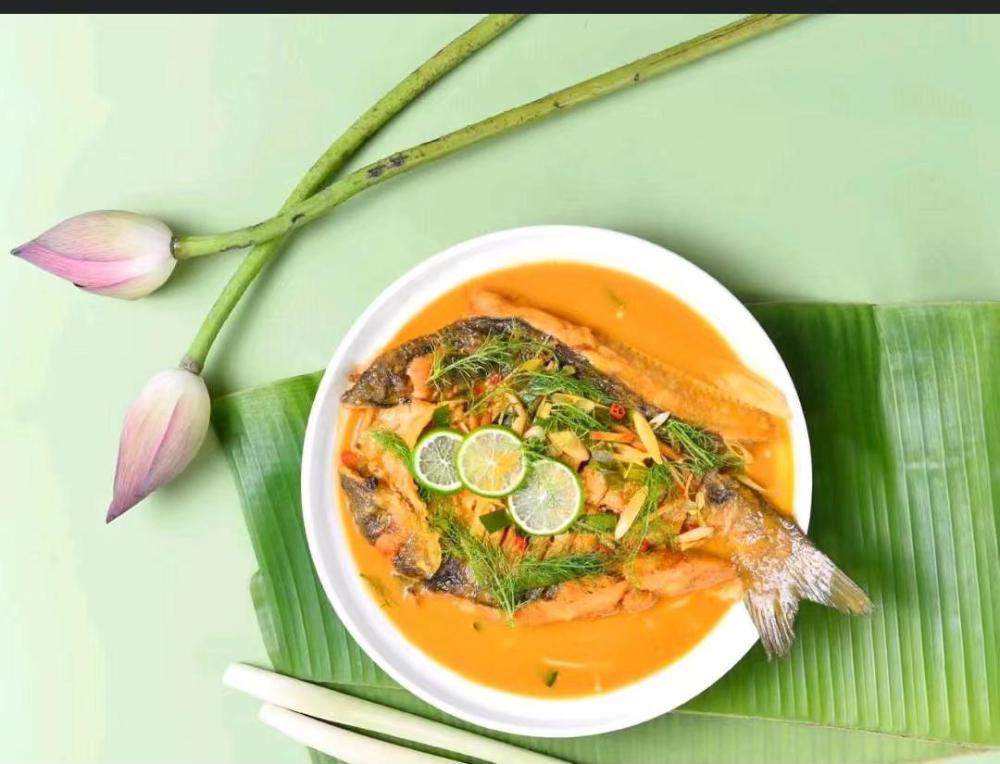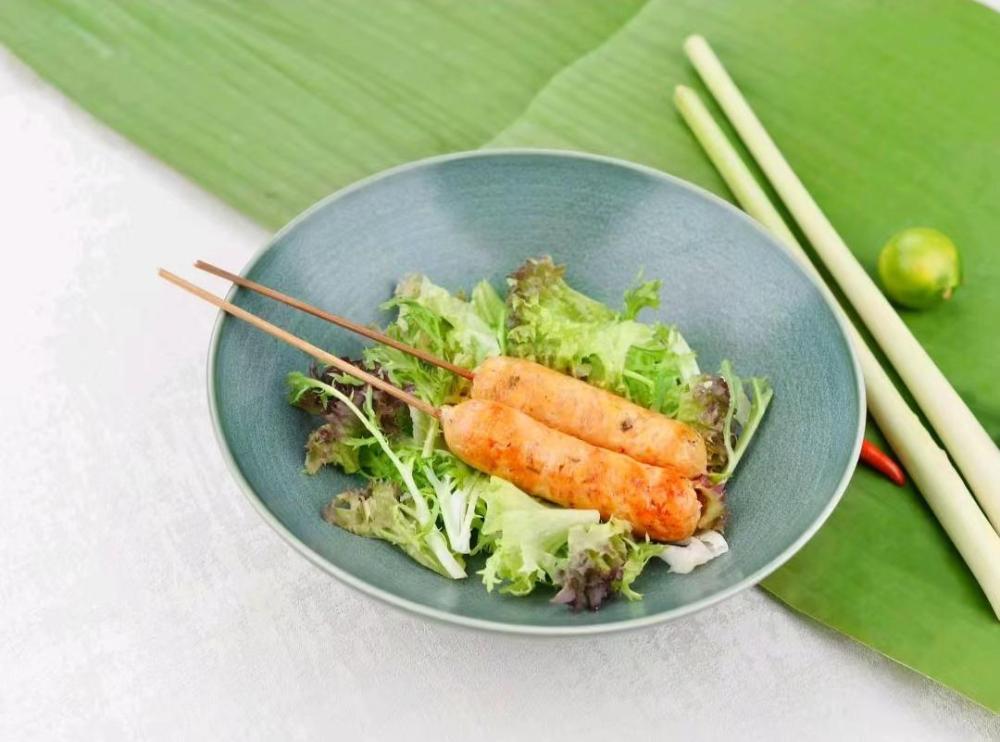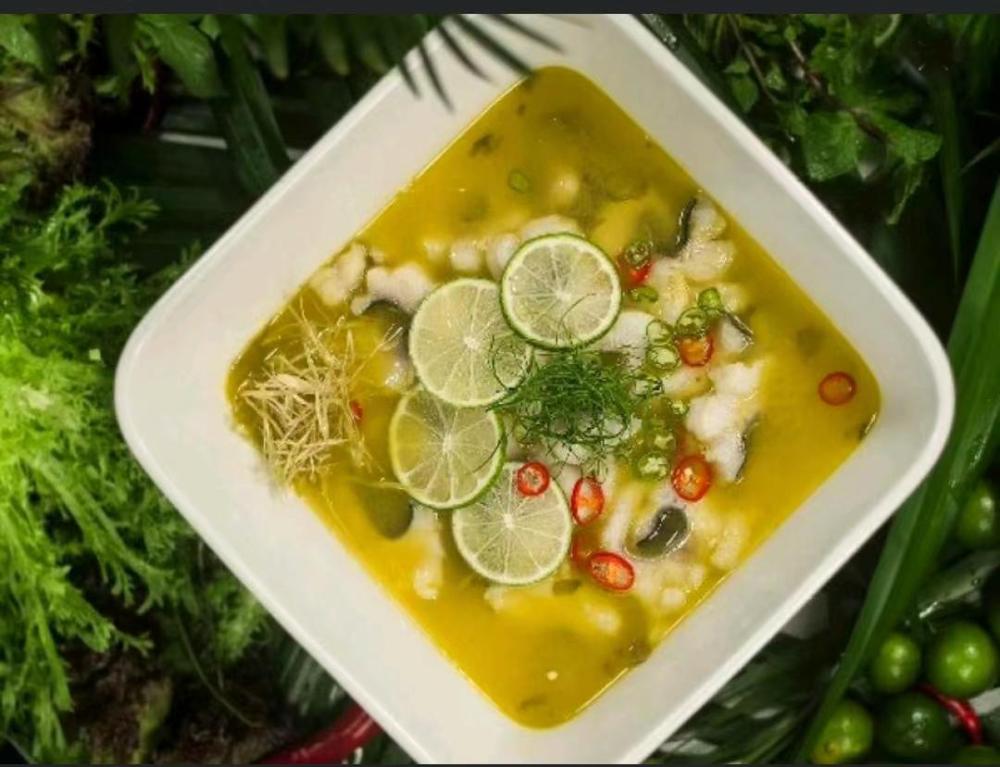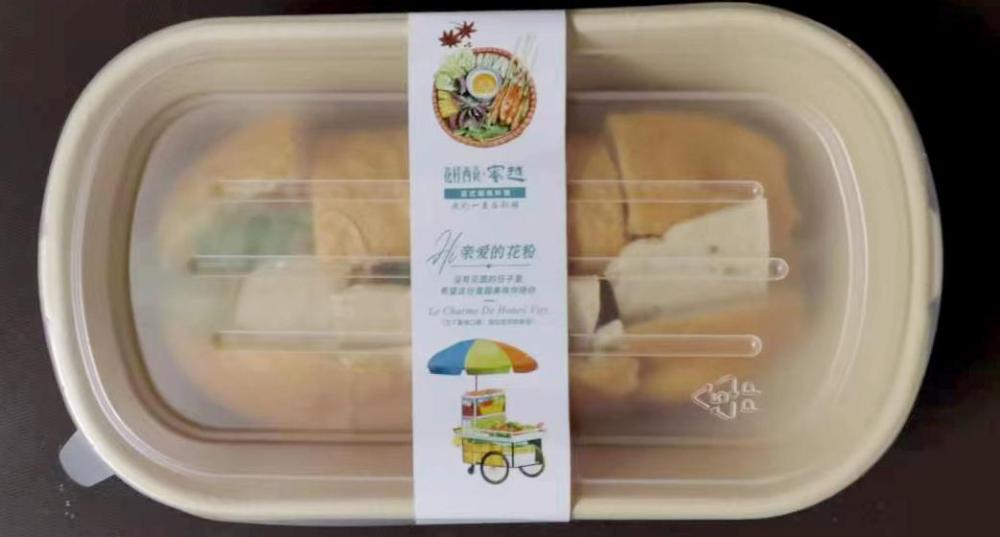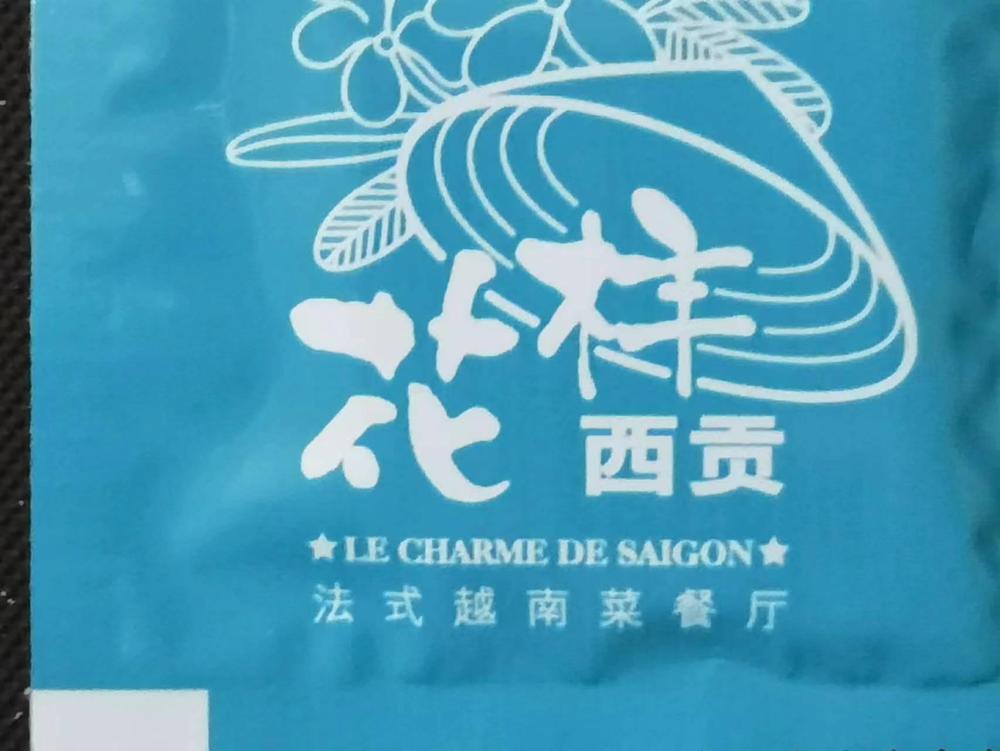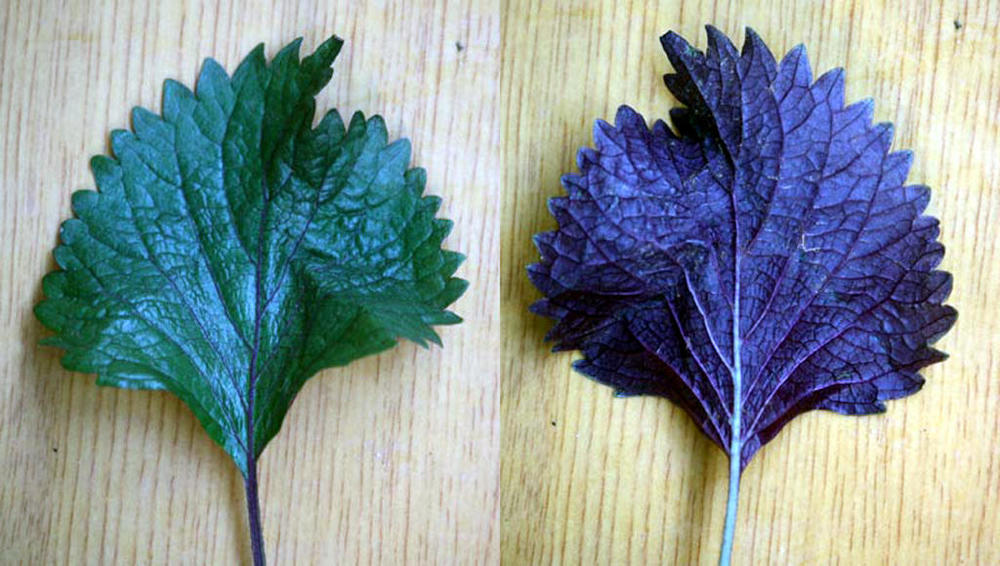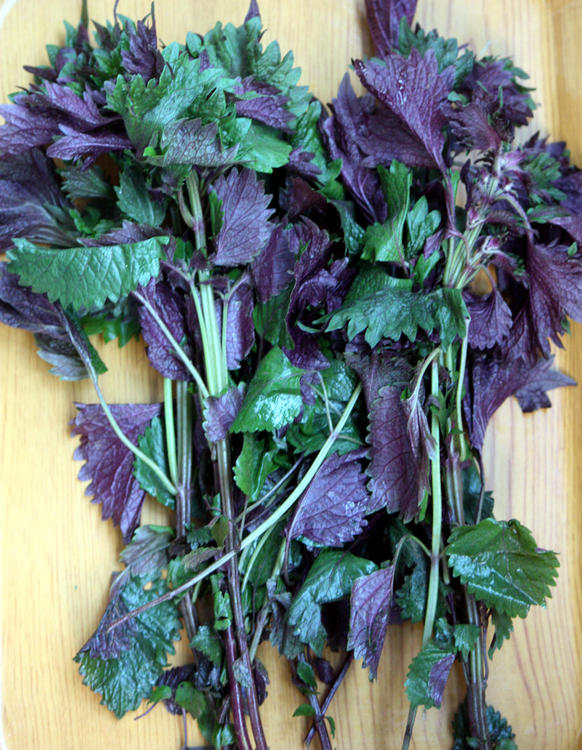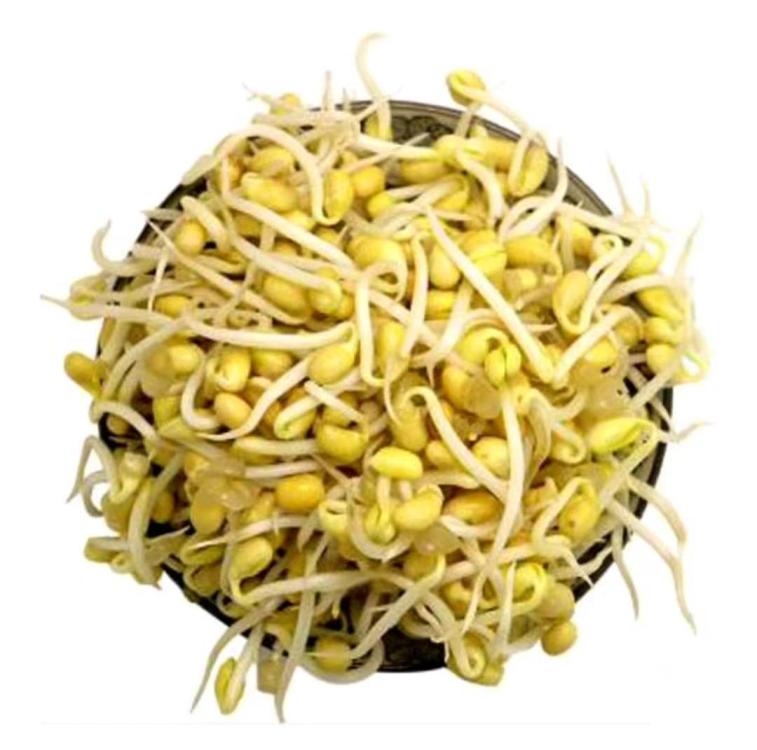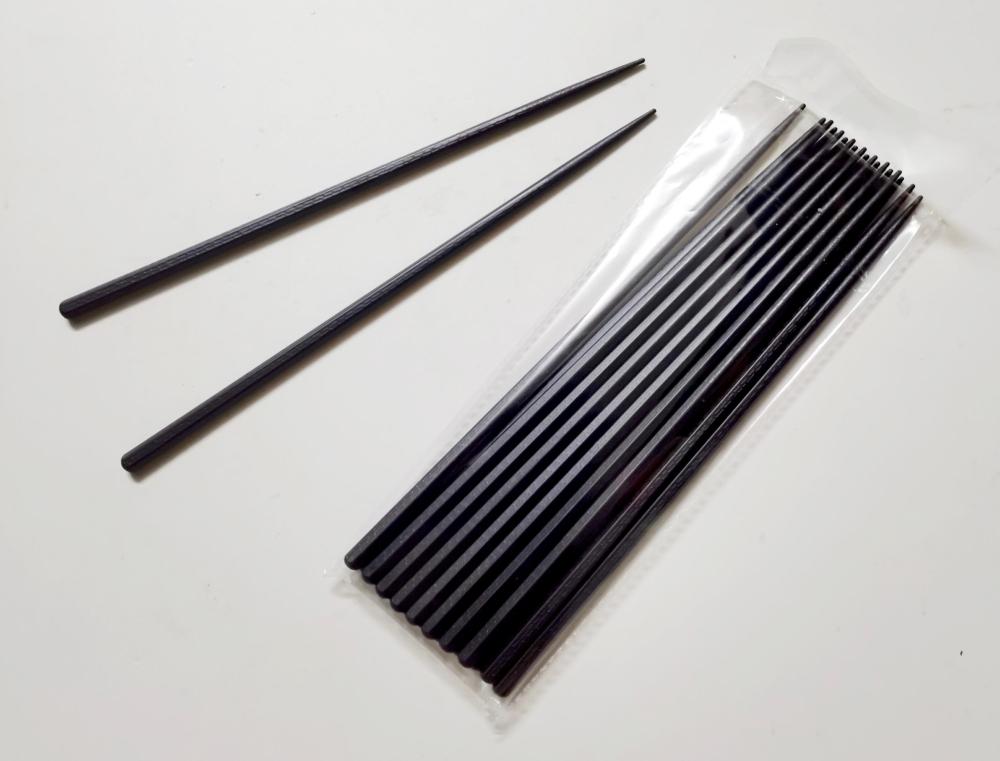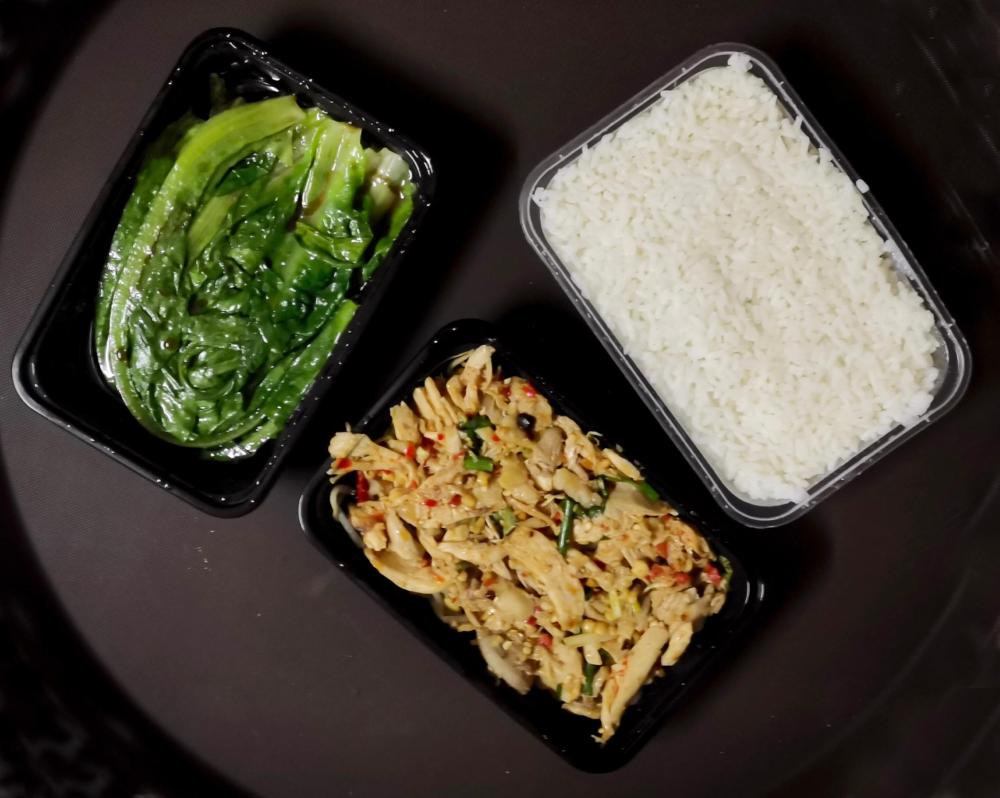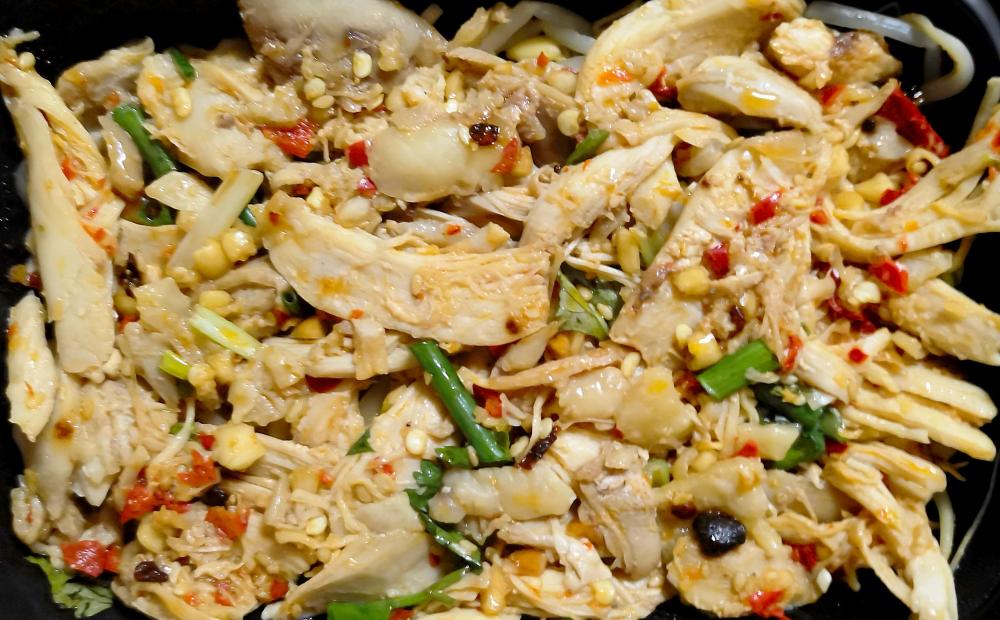-
Posts
16,674 -
Joined
-
Last visited
Content Type
Profiles
Forums
Store
Help Articles
Everything posted by liuzhou
-
Haha. 天 (tiān) in Chinese means 'heaven' which I'm sure your dish is! That's how I read it - vegetable heaven..
-
It is known in English as 'toon' and is a relatively popular vegetable here, yes. I've bought it in Engand in the past, too. Bay leaves are from trees. Lime leaves are eaten. Mango leaves. There are quie a few.
-
I was sceptical but had to try. As I’ve mentioned before, despite my living very close to Vietnam, very little of their cuisine makes its way here. So, I was surprised to find this on my food delivery app today. A restaurant apparently called Saigon. Or perhaps, not. I’ll get back to that. So, I scrolled through the menu and was surprised to note that many of the dishes listed and beautifully illustrated appeared to me to be more Thai than Vietnamese. Tom Yum soup included. Some dishes Fish in Tom Yum Sauce (Viet-Thai?) Lime Sour Fish Soup Vietnamese Sausages Mint Grilled Pork Ribs They had their take on phở, but only phở gà, the chicken version, labelled in Chinese as 越南鸡肉米粉 (yuè nán jī ròu mǐ fěn, Vietnam chicken rice noodles). No phở bò, Vietnam’s national dish, the beef version. Hmm. Phở Gà I didn’t have much of an appetite, so decided just to have one of the the bánh mì they were offering, labelled in Chinese as 越南三明治 (yuè nán sān míng zhì, Vietnam sandwich). Their illustration looked reasonable. What arrived with me was this. Which, rather sensibly if I say so myself, I opened to reveal this. So far so good. The bread was exceptionally good. Made with Vietnamese rice flour, according to their description. However, they had sliced the sandwich into four; I've eaten hundreds of bánh mì in Vietnam and never had one sliced like that. Or sliced at all. The slices tipped over to show you the contents. The contents were what looked like liver sausage but wasn't. It was bland and tasteless. I think it was MRM chicken formed into a sausage shape. I want my liver pâté in my bánh mì. Then there was what I think was meant to be char siu. It was hard to tell what the dry meaty stuff was. This came with a load of salad (as it should) which had been smothered in Kewpie "mayonnaise". It wasn't rank but disappointing. Only the bread saved it. I'd still try some of their other dishes though, even though it was kind of expensive for here.. I still don't know what the restaurant is called. The app listing said Saigon. The box containing the bánh mì said Charm of Honey Viet. The plastic bag everything came in said Le Charme de Saigon. I know where they live, so I'll visit once I regain my mobility and will check it out. The first seven images are from the restaurant's listing on the delivery app.
-
It always amazes me when restaurants can't get crisp batter right. It's not rocket science. What was wrong with the chips. They don't look so bad to me., but I know looks ain't everything.
-
Much of the breads are baked in communal ovens or dedicated bakeries. What I should have said is that most smaller restaurants and certainly homes tend not to have ovens, as in all of China. Your description of the skewer method is spot on; no 4-hour marination, mutton tail fat and the spicing.
-
I wouldn't worry. Shiso isn't particularly Japanese. In fact, it is native to China and even the Japanese name shiso ( シソ ) is derived from the Chinese name, 紫苏 (zǐ sū). Here it is most commonly just stir-fried with garlic and ginger or used in hotpots. Every supermarket or wet market has it. I love the half purple/half green variety. Must try thr pesto. Two sides of the same leaf.
-
Your overlong link doesn't work. Uyghur lamb skewers are never oven baked. The roadside cooks/vendors don't have ovens! They are grilled and they are almost everywhere called 羊肉串 (yáng ròu chuàn). The /r/ ending in 羊肉串儿 (yáng ròu chuàn ér) is only used in Beijing dialect where they add it to almost everything. Beijing is over 3,000 Km / 3,800 miles from Xinjiang, home of the Uyghurs.
-
I grew a bay laurel in London years ago. It may stil be there but it's almost 30 years since I left. If I can grow one, anyone can. Whatever colour of the colour wheel is opposite green, that's how fingered I am. I notice the article says the word bay has a long, interesting history but never expains what it is. Typical. It comes from the Latin bāca meaning berry. It originally referred to all berries but later mostly to those of the laurel tree. That was picked up and adopted by the Provencal language as baga but was transferred from the berry to the whole tree. Old French picked that up as baie or baye. English took it from the French. I knew you wouldn't sleep tonight worrying about that!
-
What is a bay leaf? Interesting Gastro Obscura article.
-
-
Went off-piste tonight. Thai. 黄咖喱鸡 (huáng gā lí jī ), Yellow Curry Chicken 泰式牛肉 (tài shì niú ròu), Thai Style Beef 冬阴功汤 (dōng yīn gōng tāng), Tom Yum Soup 泰式包菜 (tài shì bāo cài), Thai Style Cabbage 米饭 (mǐ fàn), Rice Not by any means the best Thai food I've ever had, but tasty enough.
-
If they can't afford an apprentice cook, they are unlikely to be able to afford a dedicated onion cutting machine, if such a thing even exists. but the OP appears to want such a thing in a home kitchen.
-
I once watched a young apprentice cook in a large restaurant being taught to slice green onions here in China. She was given sacks of the things, and the head chef demonstrated exactly the size of slice and angle of cut he wanted. She then sliced those tons of onions to his satisfaction. Chinese restaurants use more green onions a day than most people can imagine. Guess what the chef and apprentice both used (and still use). Standard practice. Why anyone would use a dedicated machine in a restaurant, never mind a domestic situation beats me.
-
I've been growing my own peppers (not bell) for almost 50 years. I didn't miss anything. I merey repeated that they all start out small and green.
-
Here, for clarification and as evidence in the great c∅rn libel case, are 黄豆芽 (huáng dòu yá), literally 'yellow bean sprouts' although 黄豆 (huáng dòu) without its 芽 (yá) means soy beans unless, of course, they are black soy beans). Image from Meituan food delivery portal
-
😱 See your optician urgently! What you are seeing is the beans which have sprouted to make the bean sprouts. 😎
-
I decided my chopsticks needed an upgrade. Bought ten pairs of Japanese sticks; much prefer them to Chinese.
-
无骨老干妈香辣手撕鸡 (wú gǔ lǎo gān mā shǒu sī xiāng là jī) – Boneless Laoganma Spicy Hand Torn Chicken. 农鸡汤白灼油麦菜 (nóng jī tāng bái zhuó yóu mài cài) – Indian Lettuce with Thick Stewed Chicken Soup 营浓老鸡汤 (yíng nóng lǎo jī tāng) – Camp Thick Old Chicken Soup* (not pictured) 豆芽 (dòu yá) – Bean Sprouts (hidden under the chicken) 米饭 (mǐ fàn) – Rice * Camp here is not suggesting the soup is affected, theatrical, or effeminate. It was the soup served as rations in army camps and barracks. The chicken was an old layer; the soup is not old.
-
As do all peppers.
-
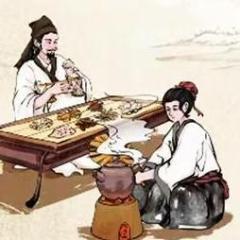
Cooking time for whole chicken in tandoor oven
liuzhou replied to a topic in India: Cooking & Baking
There is little Asian about General Tso's other than the name. But I am impressed by the fusion of fake Chinese and Italian food. No desire to eat it, though. -

Cooking time for whole chicken in tandoor oven
liuzhou replied to a topic in India: Cooking & Baking
Oh please! -

Airline Food: The good, the bad and the ugly
liuzhou replied to a topic in Food Traditions & Culture
No one said that. It is well known that the pressurized cabins and low humidity affects our taste and smell. Also, the limited space means you aren't going to be served top grade grub. It's all made on land and reheated.




